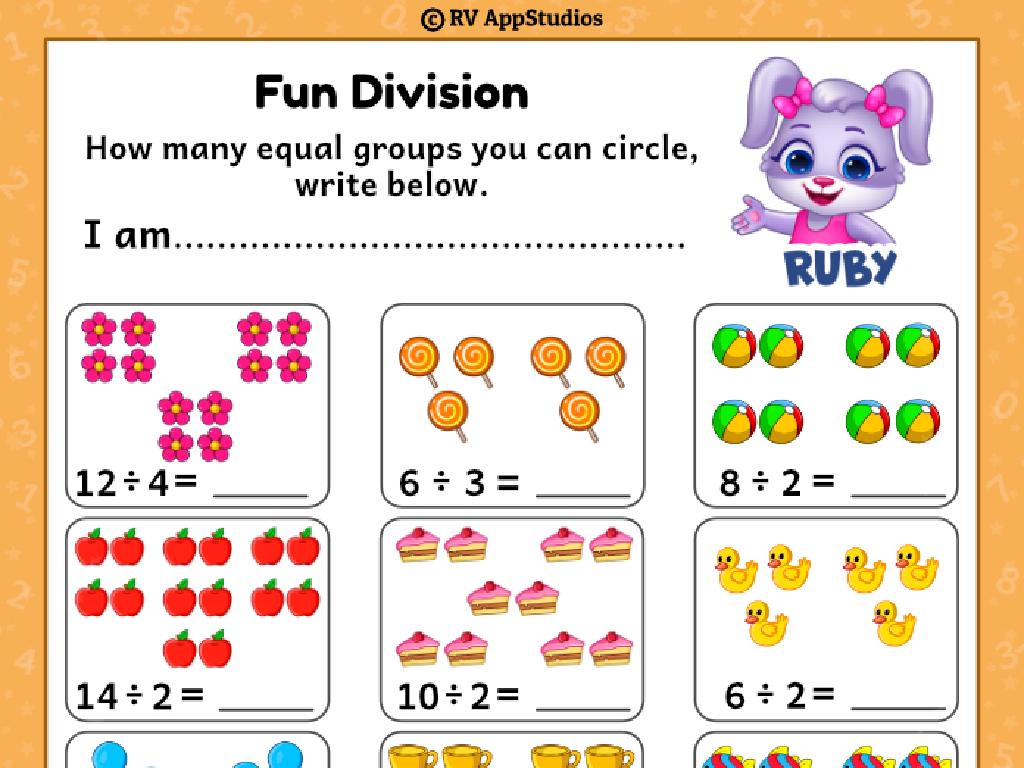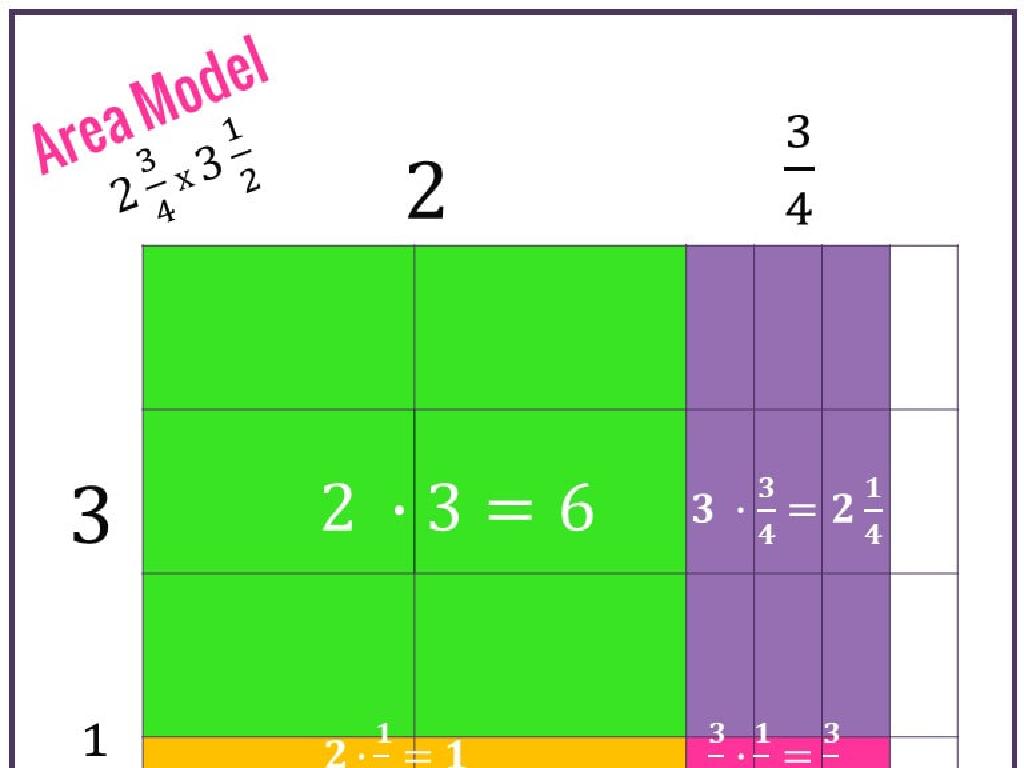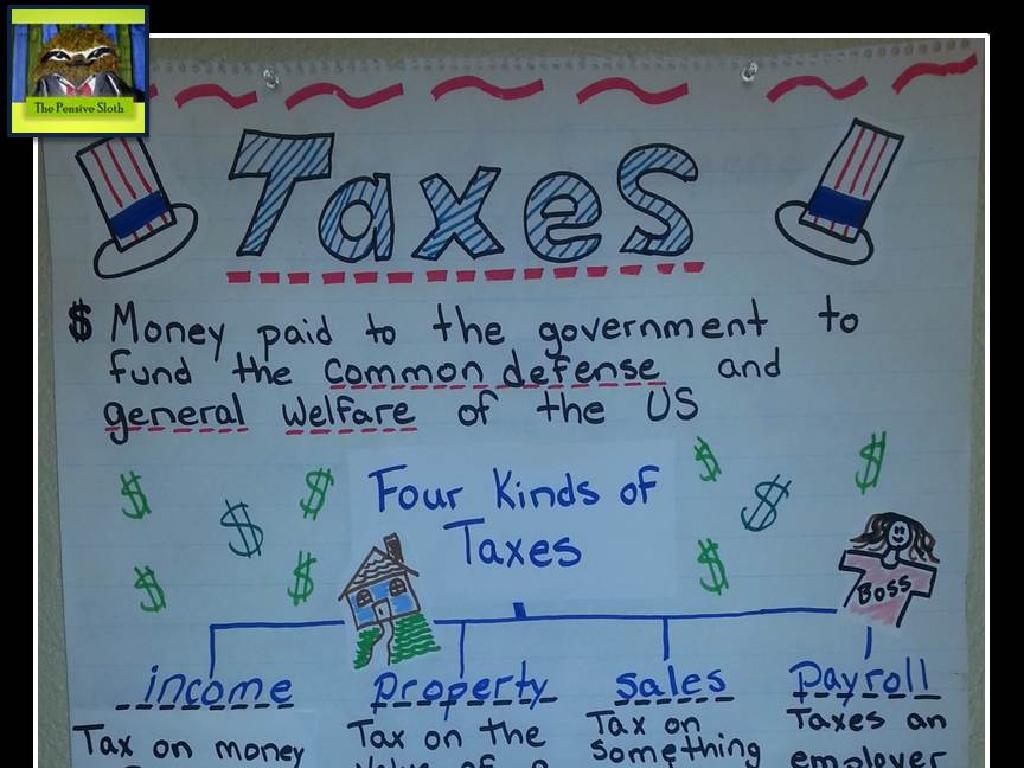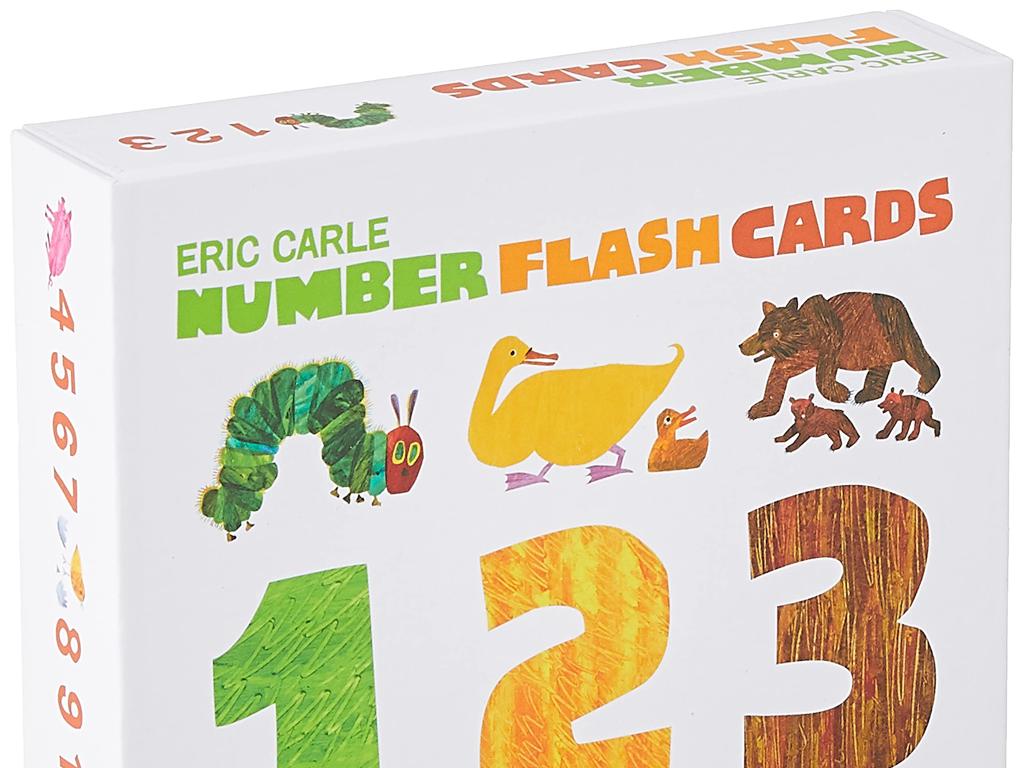Find Missing Side Lengths In Proportional Triangles
Subject: Math
Grade: Eighth grade
Topic: Transformations And Congruence
Please LOG IN to download the presentation. Access is available to registered users only.
View More Content
Proportional Triangles and Congruence
– Defining Proportional Triangles
– Triangles with corresponding sides in the same ratio
– Criteria for Proportionality
– For triangles to be proportional, all corresponding angles must be equal and the sides must be in proportion.
– Connection to Transformations
– Proportional triangles can result from scaling transformations, maintaining shape but changing size.
– Congruence and Proportionality
– Congruent triangles are a special case of proportional triangles where the ratio is 1:1.
|
Introduce the concept of proportional triangles by explaining that they have corresponding sides in the same ratio and corresponding angles that are equal. Emphasize that proportionality is a broader concept that includes congruent triangles as a special case where the scale factor is one. Discuss how transformations, specifically scaling, can produce proportional triangles. Highlight the importance of understanding these concepts as they form the basis for solving problems involving similar figures and for establishing the properties of geometric shapes. Provide examples of proportional triangles and demonstrate how to find missing side lengths using the concept of scale factor.
Understanding Ratios in Triangles
– Define a ratio
– A ratio shows the relative sizes of two or more values.
– Ratios in similar triangles
– Proportional sides in triangles with the same shape but different sizes.
– Daily life ratio examples
– Recipes in cooking, map scales, or model building.
– Practice finding ratios
|
This slide introduces the concept of ratios, which are fundamental in understanding proportional relationships in geometry, particularly in similar triangles. Start by defining a ratio and how it can compare different quantities. Then, explain how ratios apply to similar triangles, where corresponding sides are in the same ratio. Provide relatable examples, such as using ratios in recipes for cooking or understanding map scales. Encourage students to think of other areas where ratios are used. Conclude with an activity where students find missing side lengths in proportional triangles, reinforcing the concept of ratios in a practical context.
Properties of Proportional Triangles
– Equal corresponding angles
– Angles in the same relative positions in similar triangles are identical.
– Proportional side lengths
– If two triangles are similar, their sides have the same ratios.
– Identifying proportional triangles
– Look for equal angles and sides in proportion to confirm similarity.
– Practical applications
|
This slide introduces the concept of proportional triangles, which are a key component in understanding transformations and congruence in geometry. Emphasize that in proportional triangles, corresponding angles are always equal, which is a result of their similar shapes. The side lengths of these triangles are proportional, meaning the ratios of the lengths of corresponding sides are equal. Teach students how to identify proportional triangles by comparing angles and side ratios. Practical applications of this knowledge include solving real-world problems involving scale models, maps, and blueprints. Encourage students to practice by identifying similar triangles in various diagrams and calculating missing side lengths using proportions.
Finding Missing Side Lengths in Triangles
– Use proportions to find unknowns
– If sides are proportional, we can set up an equation to find missing lengths.
– Set up proportions with similar triangles
– Identify corresponding sides of similar triangles to create proportions.
– Cross-multiplication to solve proportions
– Multiply across the equal sign to find the value of the unknown side.
– Practice with example triangles
– Use a triangle with sides of known lengths to understand the method.
|
This slide introduces the concept of using proportions to find missing side lengths in triangles, which is a key skill in understanding transformations and congruence. Start by explaining that in similar triangles, corresponding sides are proportional. This allows us to set up an equation where the ratio of one pair of corresponding sides is equal to the ratio of another pair. Cross-multiplication is a reliable method to solve these proportions. Provide an example of similar triangles with some side lengths given and one missing, and demonstrate how to apply cross-multiplication to find the unknown length. Encourage students to practice this technique with various triangles to become comfortable with the process.
Applying Proportional Triangles in Real Life
– Proportional triangles in daily life
– Similar triangles are everywhere: in art, architecture, and even shadows.
– Estimating heights and distances
– Use similar triangles to estimate the height of a tree or building.
– Step-by-step problem example
– We’ll go through an example together to understand the process.
– Engage with a practice problem
– Try solving a similar problem on your own or in groups.
|
This slide aims to show students how the concept of proportional triangles can be applied to solve real-world problems. By understanding that similar triangles maintain the same shape but differ in size, students can use this property to estimate heights and distances that are not easily measured. For instance, by measuring the shadow of an object and using the proportionality of triangles, one can estimate the object’s height. The practice problem will be a hands-on activity where students can apply what they’ve learned to a new situation, reinforcing their understanding of the concept. Provide guidance on setting up proportions correctly and using cross-multiplication to find missing lengths.
Class Activity: Find the Missing Side
– Receive a set of triangles
– Identify missing side lengths
– Apply knowledge of proportions
– Use ratios of corresponding sides
– Collaborate and solve as a group
– Discuss strategies and compare answers
|
This activity is designed to reinforce students’ understanding of proportional relationships within triangles. Each group will receive a set of triangles with one or more sides missing. Students must use their knowledge of similar triangles and the properties of proportional relationships to find the missing lengths. Encourage students to set up ratios comparing corresponding sides of the triangles and solve for the unknowns. As they work, circulate the room to offer guidance and ensure that each group is engaging with the material. Possible variations of the activity could include providing triangles with different levels of difficulty, using real-life objects to demonstrate proportionality, or incorporating technology by having students use geometry software to visualize and solve the problems.
Review and Q&A: Proportional Triangles
– Recap of proportional triangles
– Reviewed how to find missing sides using ratios
– Open floor for questions
– Address student confusions
– Clarify any misunderstandings about triangle proportionality
– Summarize key takeaways
– Reinforce the concept of similar triangles and scale factors
|
This slide is designed to conclude the lesson on proportional triangles by summarizing the key points and opening up a discussion for any questions the students may have. Begin with a brief recap of how to find missing side lengths using the concept of similar triangles and the properties of proportionality. Allow students to ask questions they may have from the lesson, providing a safe space for them to express any confusion. Address these confusions directly, ensuring that each student leaves with a clear understanding of the topic. End with a summary of the main takeaways, emphasizing the importance of understanding the principles of proportionality in triangles, which is crucial for their success in geometry.
Homework: Proportional Triangles & Congruence
– Practice problems on proportional triangles
– Calculate missing side lengths
– Use ratios to find unknown sides
– Review triangle congruence concepts
– Understand SSS, SAS, ASA, AAS congruence
– Prepare for next class discussion
|
This homework assignment is designed to reinforce the concepts learned about proportional triangles and prepare students for the upcoming topic of triangle congruence. Students should complete practice problems to become proficient at calculating missing side lengths using the properties of similar triangles. They should also review the criteria for triangle congruence (SSS, SAS, ASA, AAS) to understand how it will apply to congruent triangles in the next lesson. Encourage students to approach problems systematically and to check their work for accuracy. For the next class, students should be ready to discuss how the congruence of triangles relates to their proportional sides and angles.





